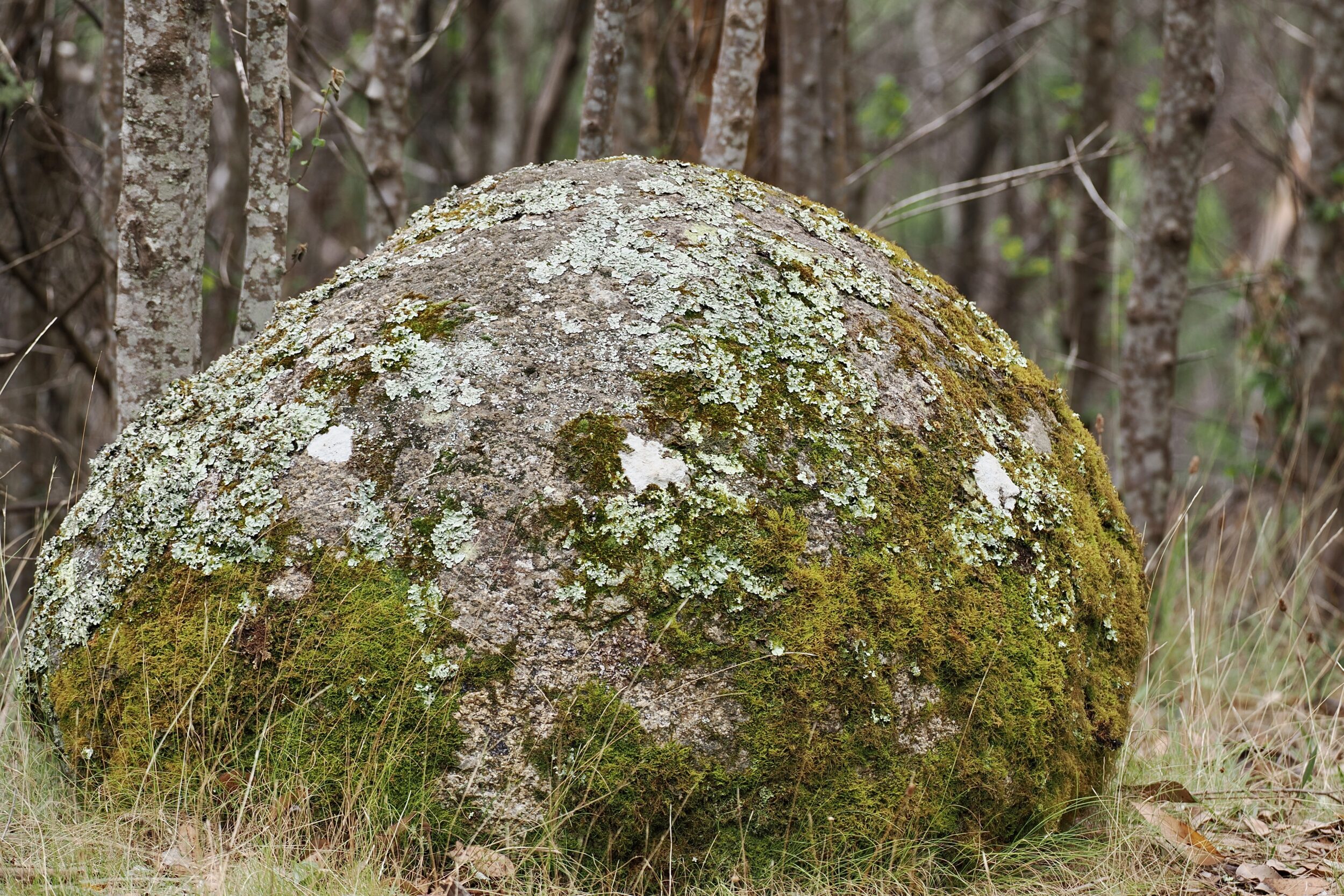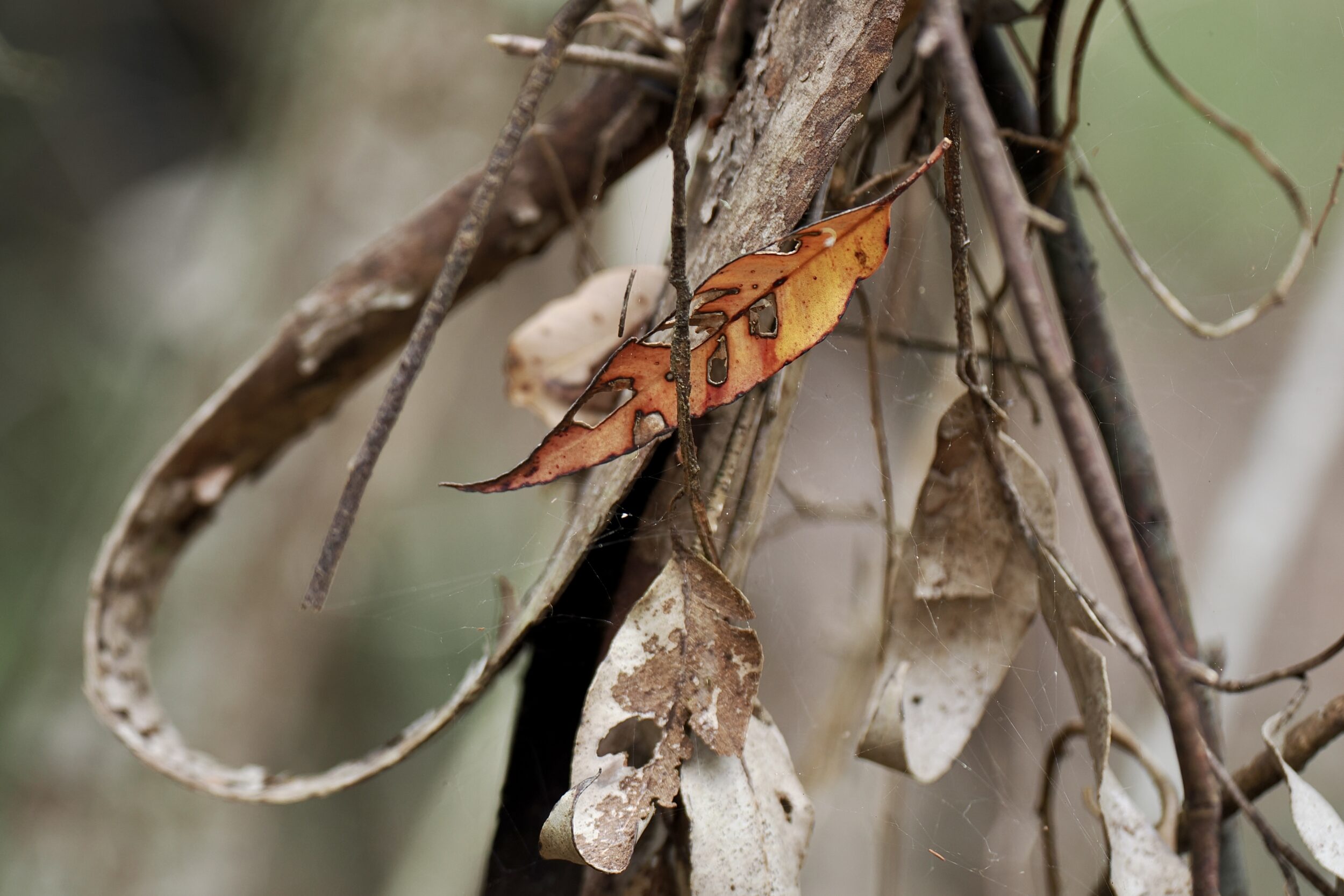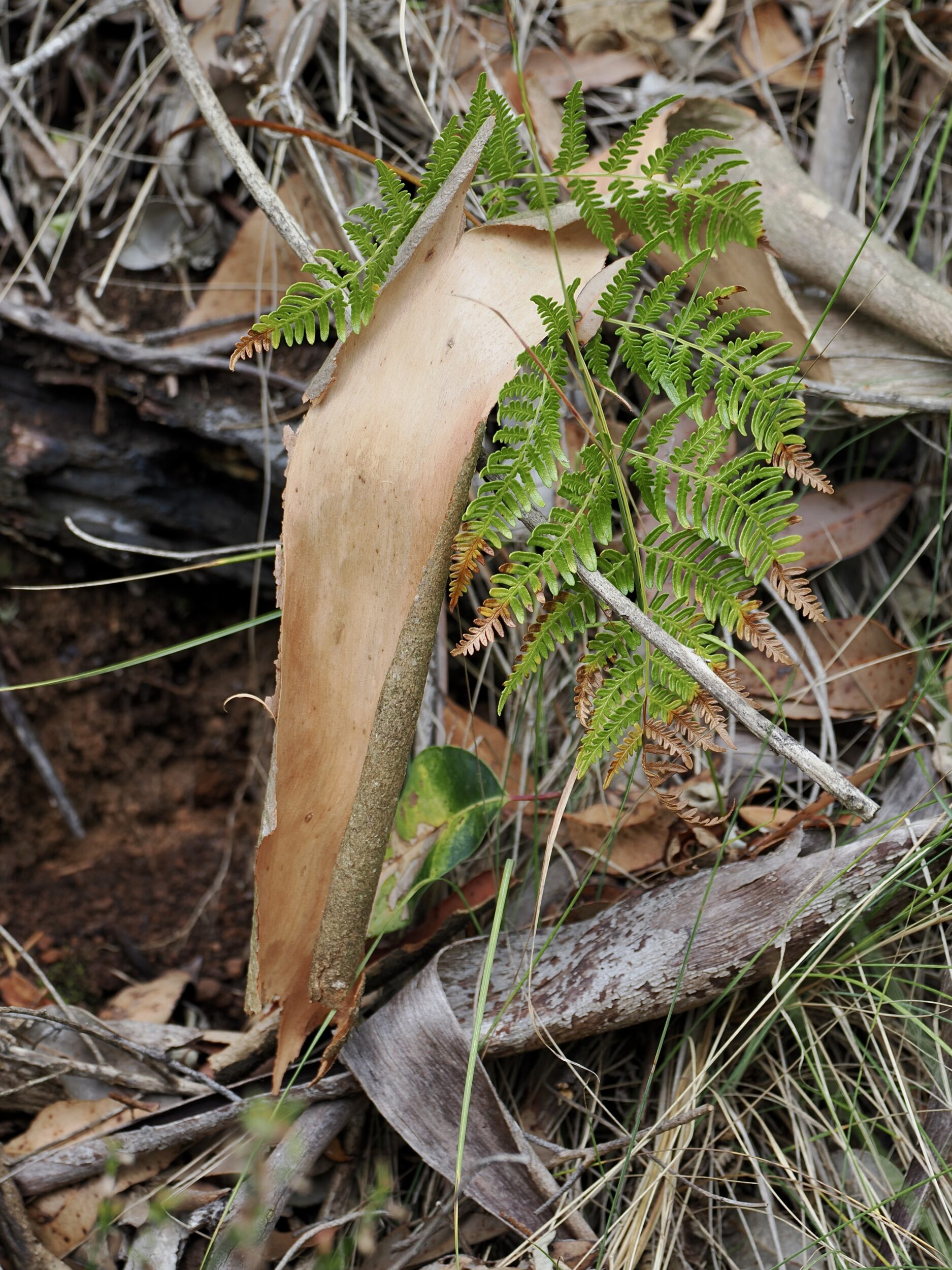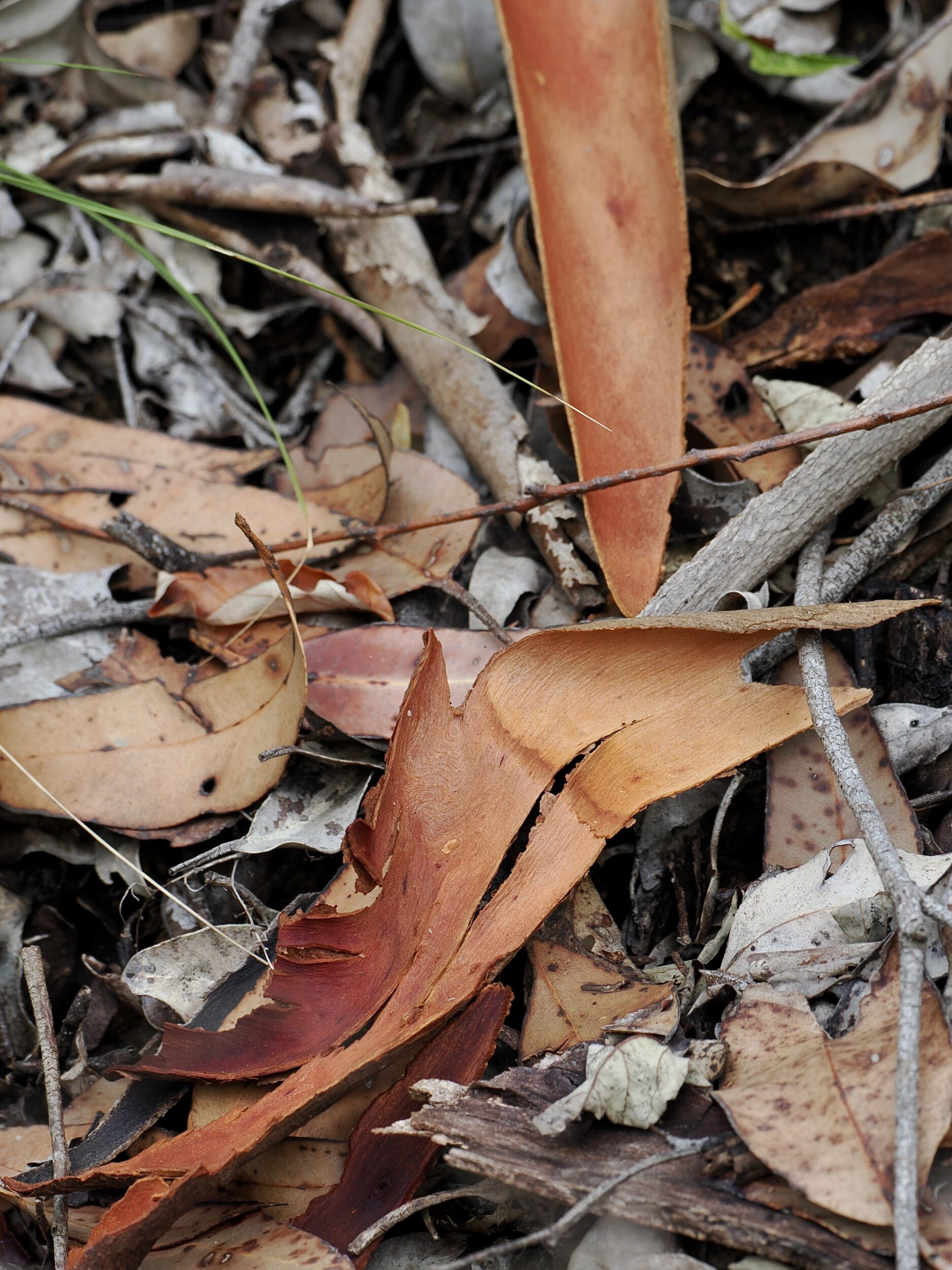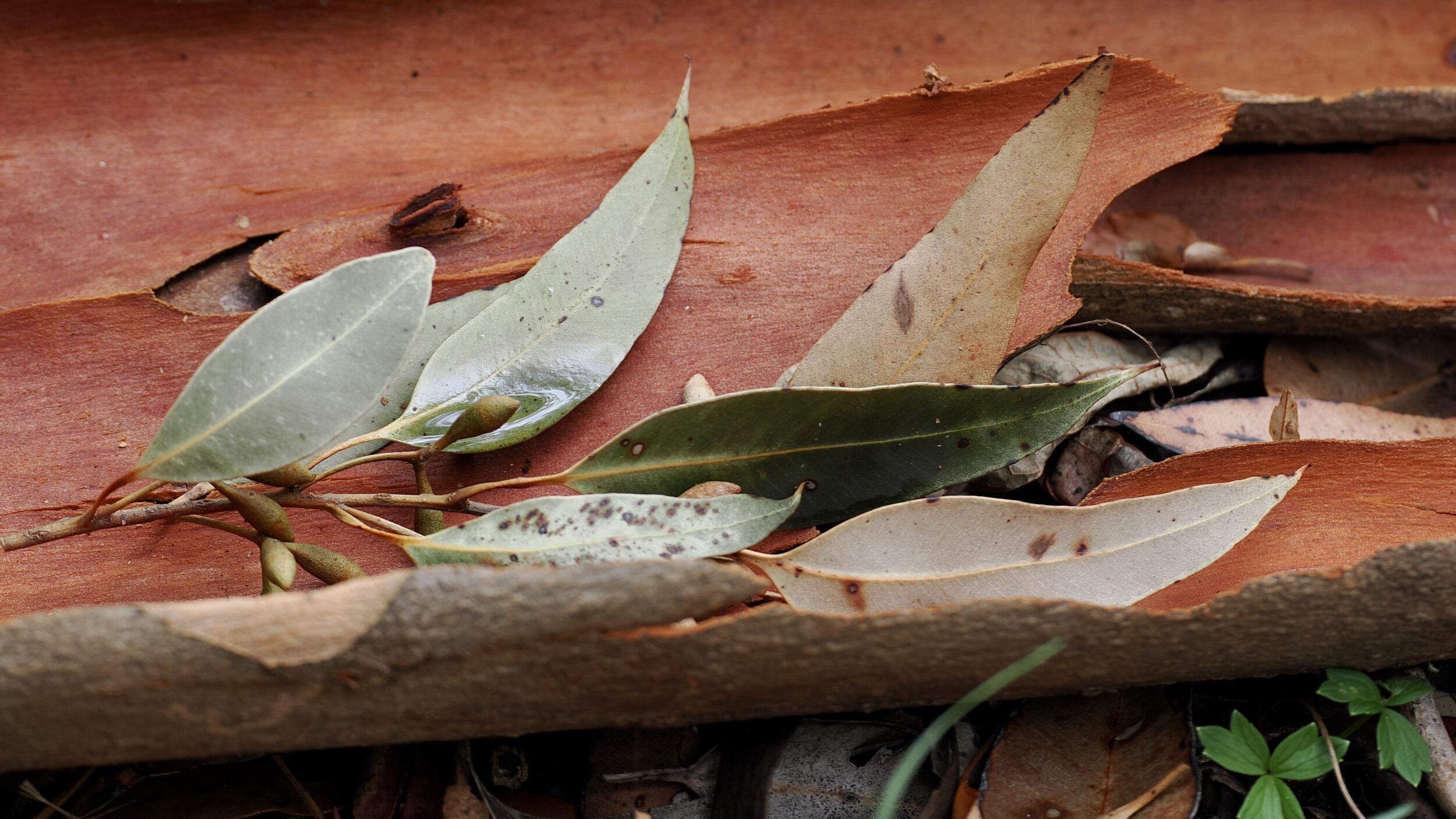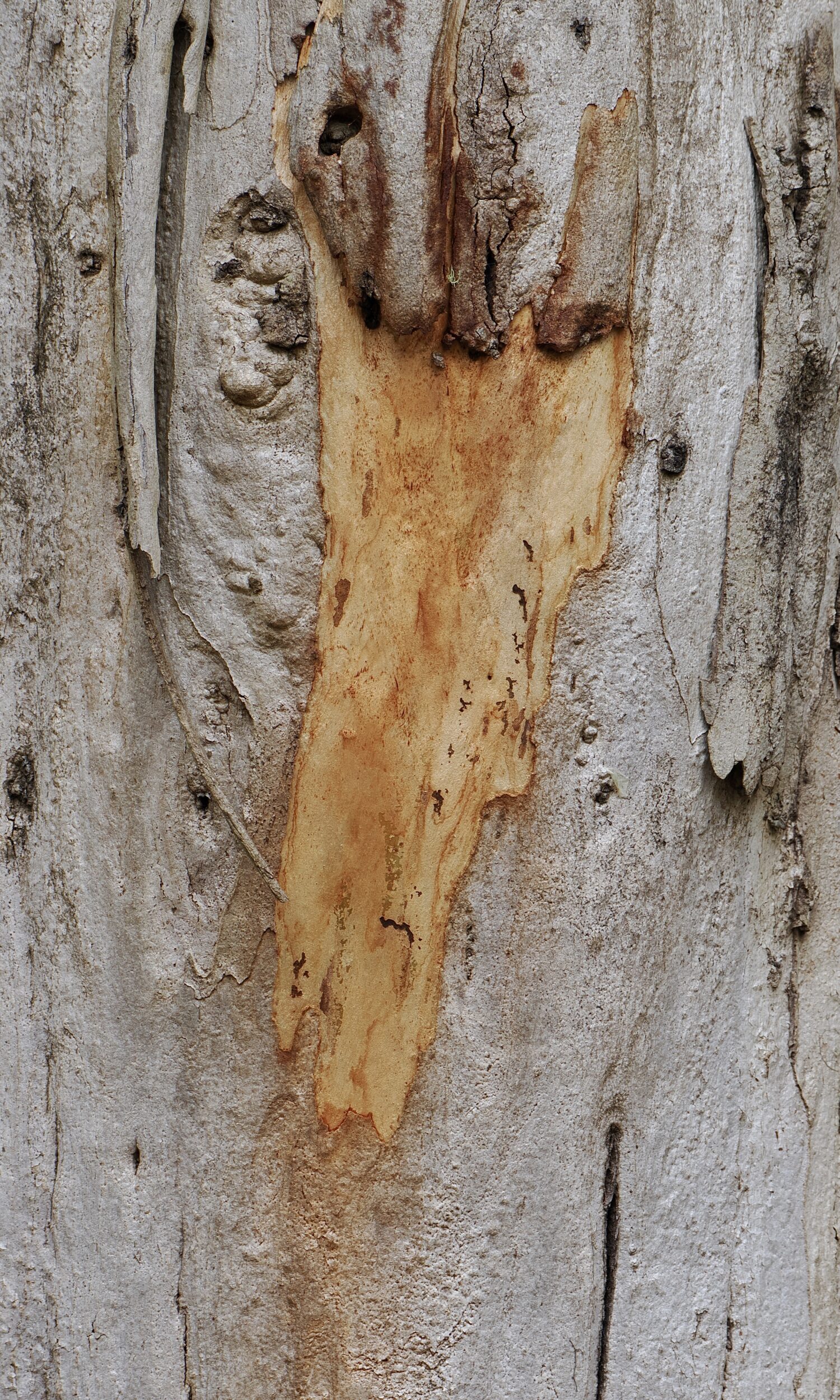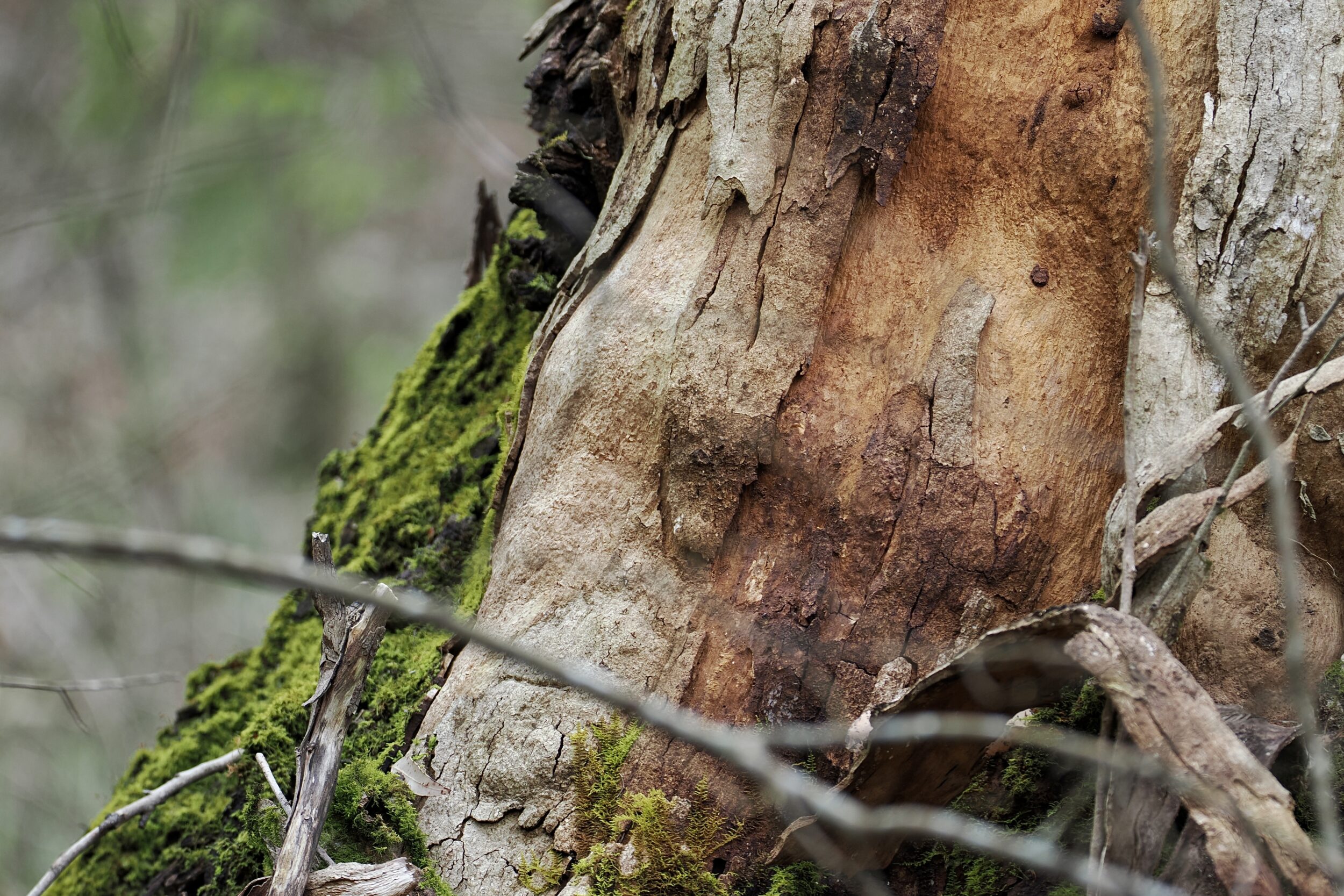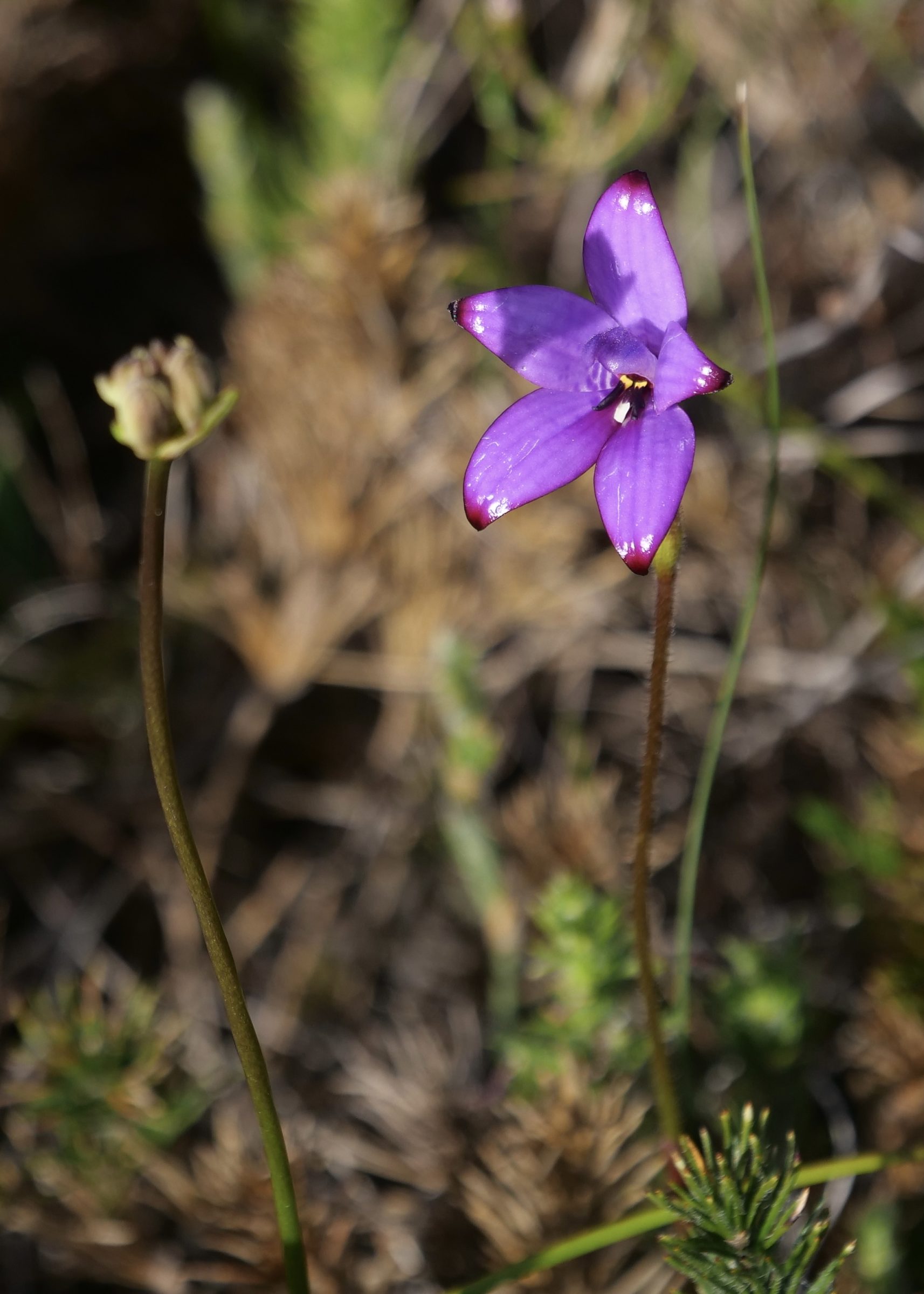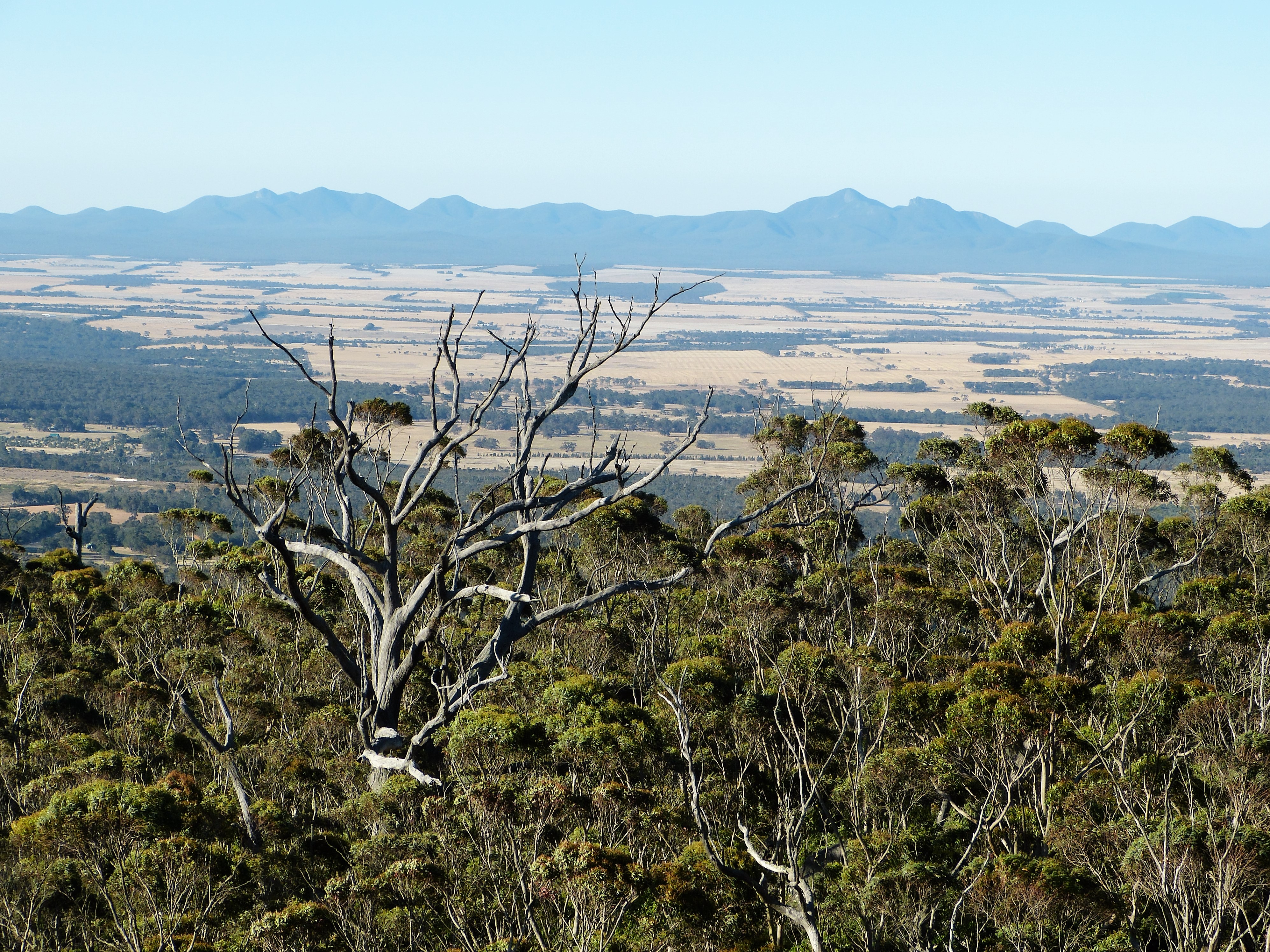Wikipedia description of the Porongurup Range’s geomorphology:
The Porongurup Range is 15 kilometres (9.3 mi) from east to west and consists of porphyritic granite[3] peaks levelled into domes. The range is the remnant of a sizeable reservoir of molten granite that bubbled up when the Antarctic continent struck Australia in the Stenian Period of the Mesoproterozoic Era, around 1200 million (1.2 billion) years ago.[9]
The sea levels of the late Cretaceous were around 100 metres higher than today[10]and during this time the Porongurup Range was an island surrounded by the sea.
Leave a Comment